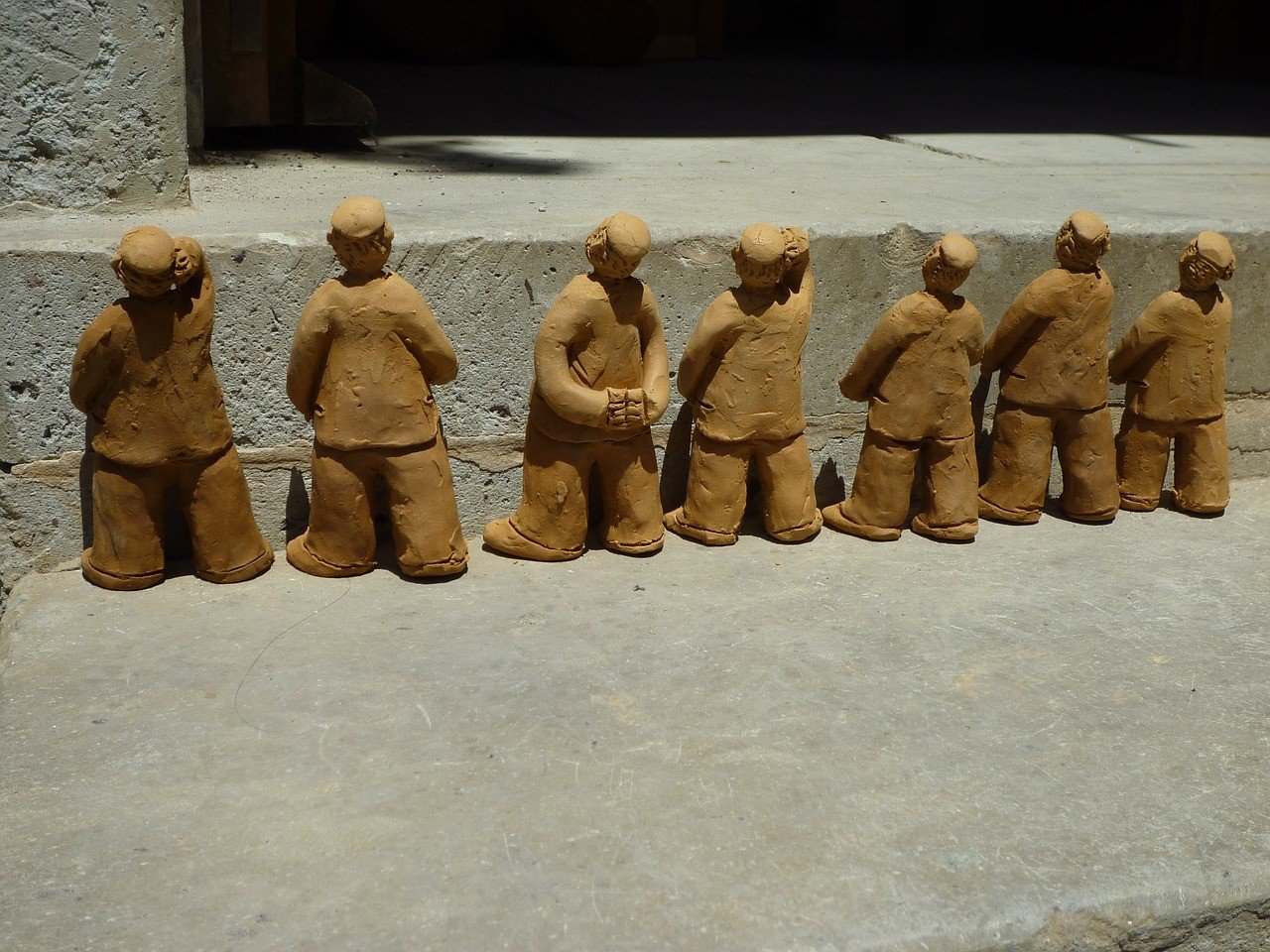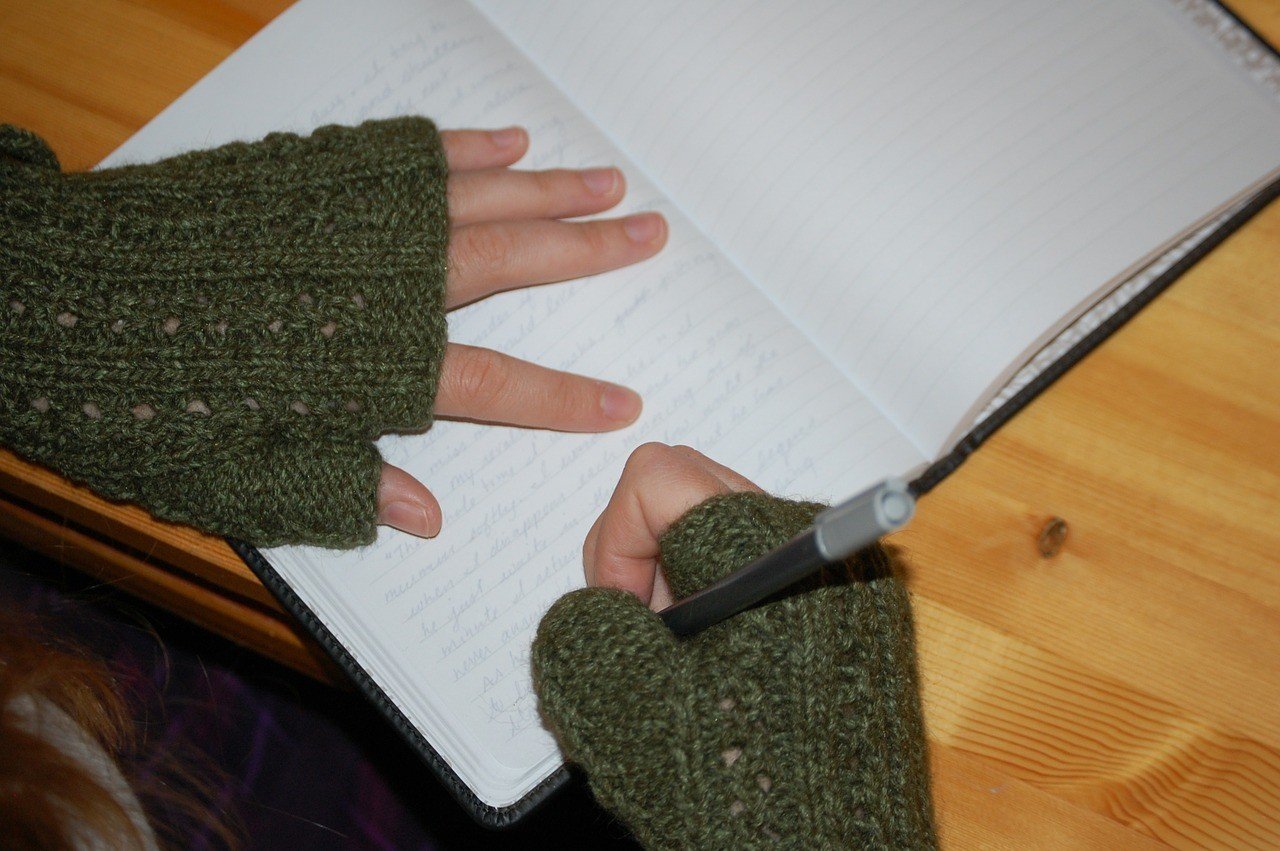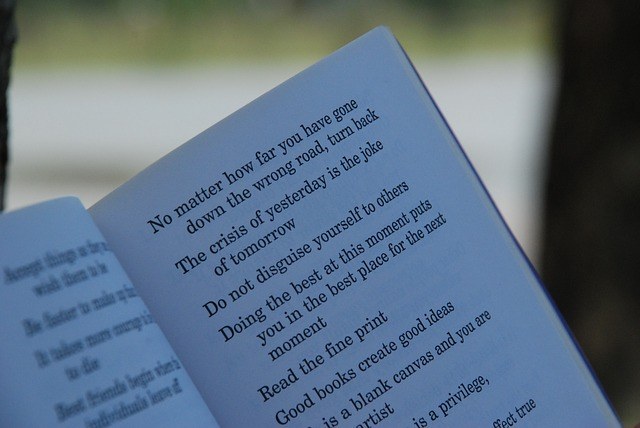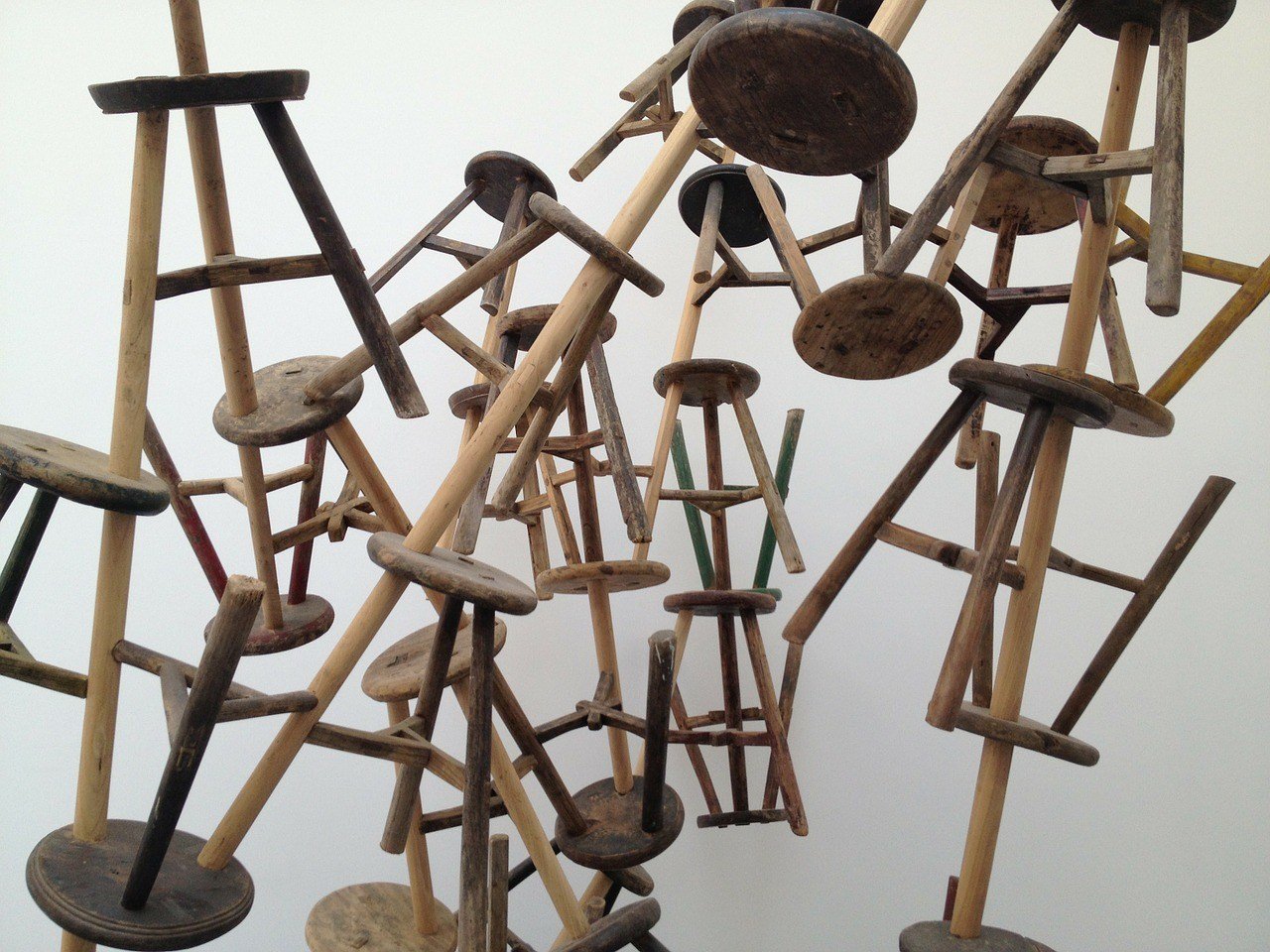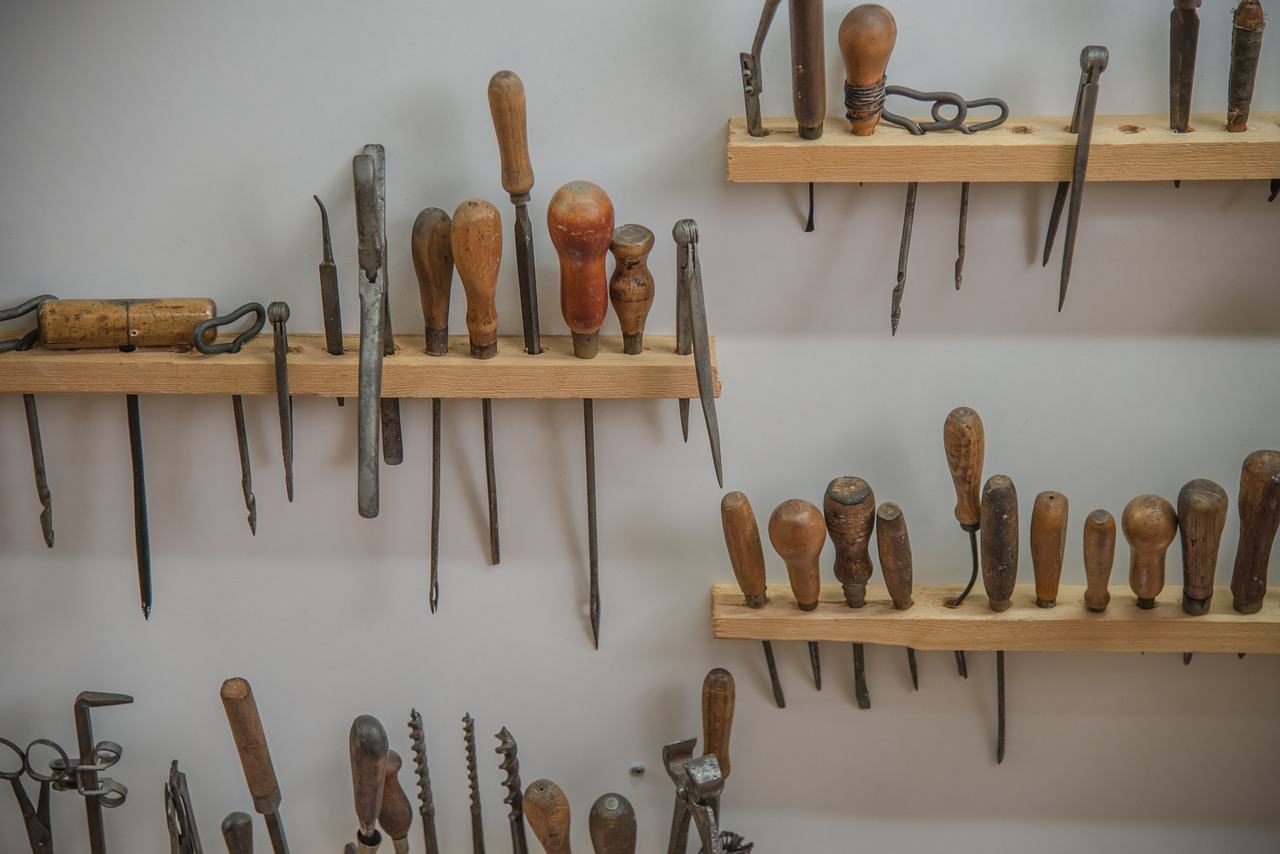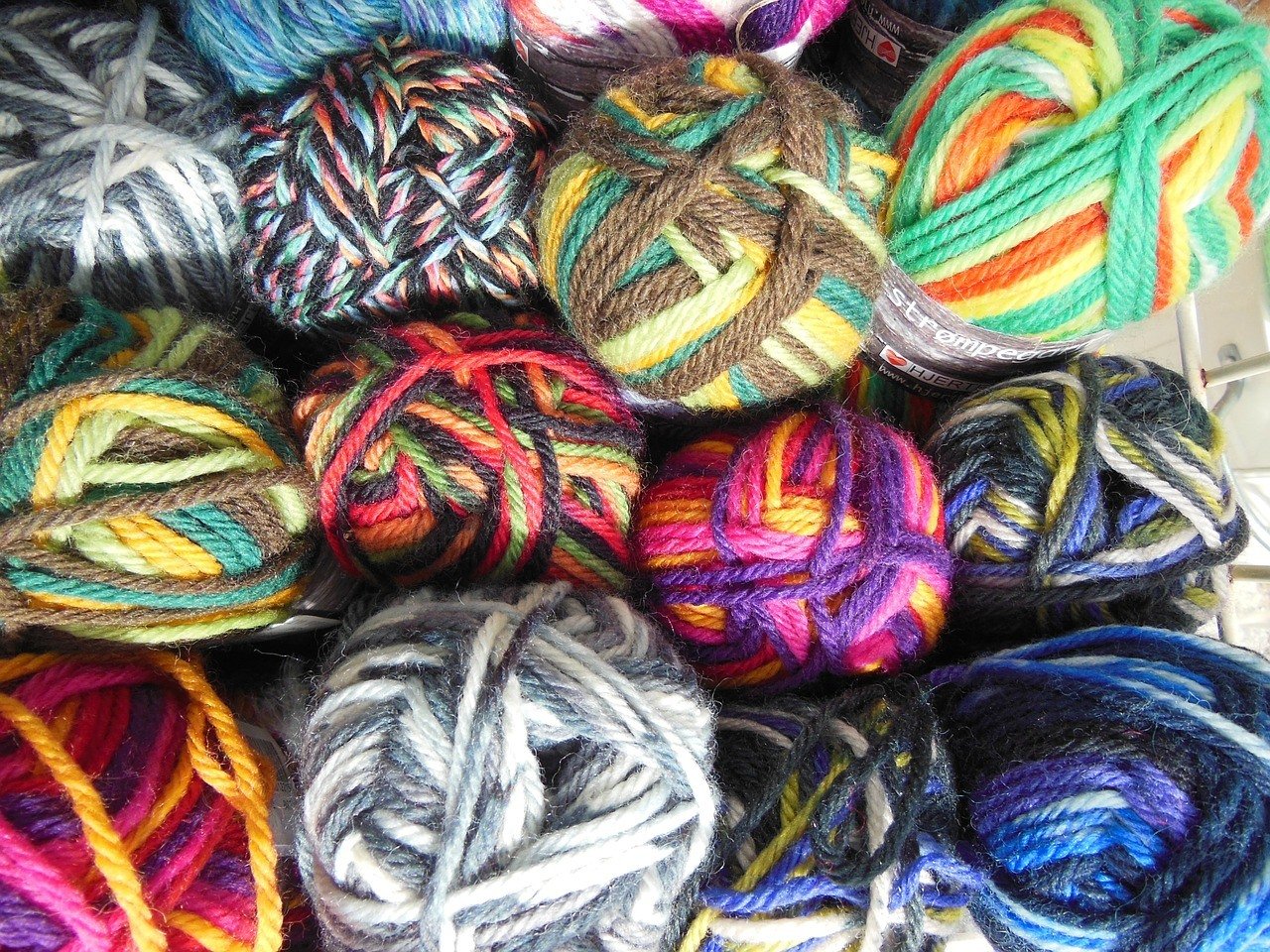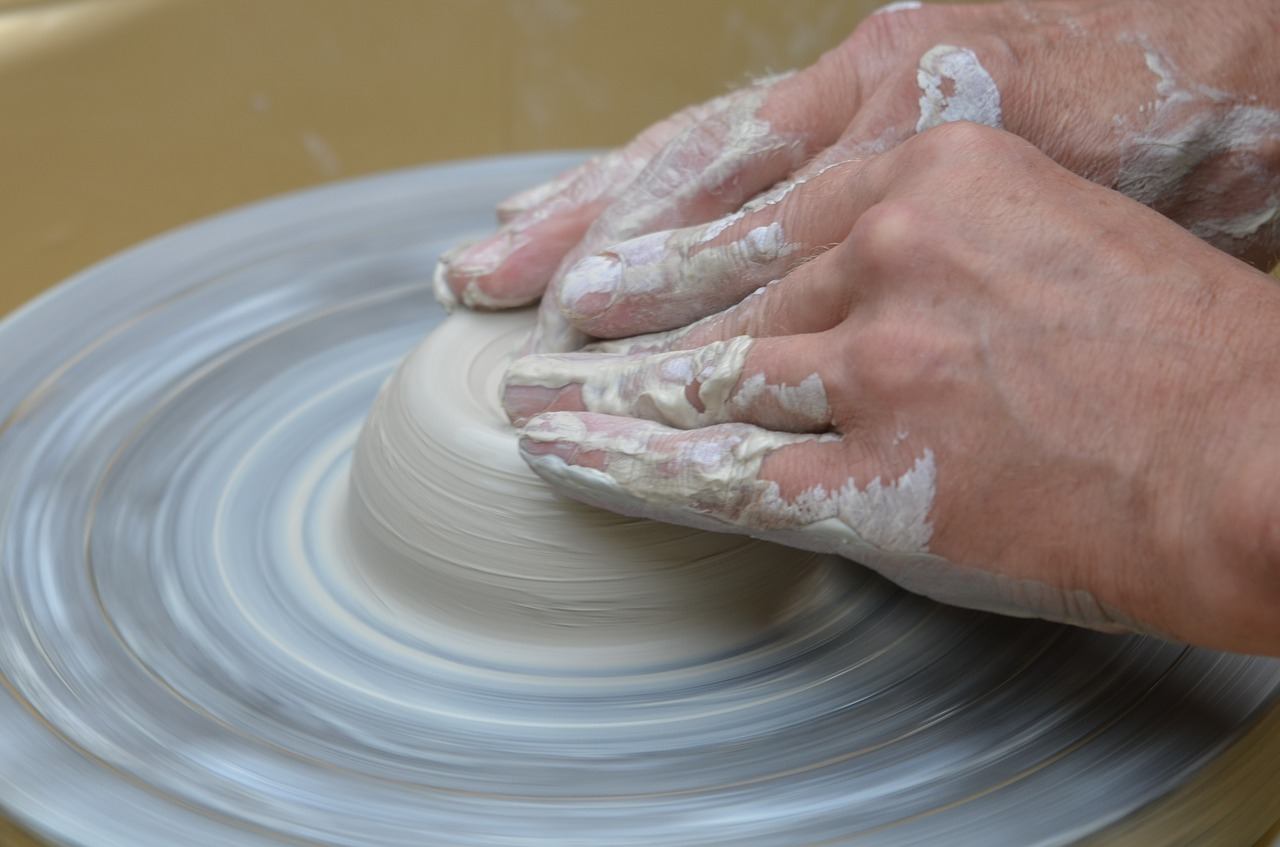The science is in. Kids aren’t the only ones who need unstructured playtime and space to fuel their imagination. Adults could use more activities that require imagination and improvisation too, and now brain-imaging studies are showing exactly how creativity alters our brain chemistry and can boost our physical and mental health.
Time to Start Building Your Creative Capacity
Did you know that reading the classics might be more helpful than a self-help book, knitting has a significant therapeutic effect, and like listening to music, simply appreciating art can decrease anxiety and help you feel calm and happy? Drawing, writing, reading poetry, and crafting can all help lower stress, relax your muscles, reduce indigestion and inflammation, and increase self-esteem and productivity. This is because creative pursuits help us focus our attention, similar to the way that meditating does.
Many of the physical and mental benefits of of creativity involve being in flow, psychologist Mihaly Csikszentmihalyi’s term for that state we get into when we are so engaged in a creative task that our sense of time disappears and we temporarily forget ourselves and our “internal chaos.” We forget about our bodies and our unhelpful thoughts disappear for a while. Some people achieve that mental state when they’re swimming or running, but even the repetitive motion involved in a task like knitting can help regulate strong emotions and calm your nervous system.
Flow is especially beneficial for people with depression or anxiety, and neurological studies show that engaging in purposeful and meaningful activities such as creative pursuits can work like a natural antidepressant by improving mood. So if you could use a mental or physical health upgrade, find some time to grow your creative appreciation or jump right in with any of these activities, if you’re not already busy mastering them.
Go to Art Exhibits and Museums
Maybe you’ve had that mind-stretching, body-tingling experience when looking at a painting or a sculpture and you know what I’m talking about. Or maybe you’re one of those people who thinks art isn’t for them. Well, you don’t have to be artsy to appreciate art, or understand what you’re looking at to benefit from it. It’s the curiosity and your body’s visceral response to the experience that counts. Just one simple moment of wonder is actually doing you some good.
The areas of the brain involved in processing emotion and in our feelings of pleasure and reward are engaged when we’re contemplating a painting, especially one that doesn’t immediately make sense to us.
Our brain sends the same signals as it does when we’re daydreaming or thinking about the future, and goes into pleasure and reward mode. Oddly, an area called the interior insula, which is also associated with the experience of pain, is activated, but this may be part of the process of trying to find “meaning” in the art work. Take the afternoon off and go to an art exhibit or take a painting class.
Write In Your Journal
Stressed out? When was the last time you wrote in a journal? Before you decide that you’re already too busy responding to email and trying to cross more off your to-do list, consider the health benefits of writing. A lot of us are walking around with more stress than we can handle, and stress hormones such as cortisol are harmful to our immune systems and over time can create a lot of serious health problems.
A study published in the British Journal of Health Psychology shows how writing or journaling about an emotional topic lowered people’s cortisol levels. Personal, expressive writing is very helpful for people suffering from any kind of psychological trauma. In studies, patients who wrote in a journal were able to sleep better, improve their mood, and heal faster.
Read Literature That Challenges You
Many of us love to read—hey you’re doing it right now! But did you know that reading something “challenging,” such as Shakespeare benefits your brain and your mental health? Brain scans show that the more challenging prose and poetry set off far more electrical activity in the brain than reading works that are “easier” to read and use more conventional and predictable language.
“Reading serious literature shifts mental pathways, helping to create new thoughts, shapes and connections in the young and the staid alike,” says Philip Davis, an English professor who has combined efforts with Liverpool University’s magnetic resonance center to study the effects that reading William Shakespeare, William Wordsworth, T.S. Eliot and others has on the brain.
Read More Poetry
The same research also found that reading poetry, in particular, increases activity in the right hemisphere of the brain, the area connected to “autobiographical memory.” Poetry helps us reflect on our own experiences and compare them to what we read, and it lights up the part of the brain concerned with language. “Poetry is not just a matter of style. It is a matter of deep versions of experience that add the emotional and biographical to the cognitive,” said Professor Davis.
Not only that but there’s some evidence that poetry affects our brains in the way that music does. You know that sensation you get when you hear a song you really connect with? It turns out that the same areas of the brain that are aroused by music are set off when we read poetry. This might have something to do with the musical aspects of poetry—rhythm, tone, and word usage.
Get Crafty
Some experts equate the benefits of crafting-induced flow with the experience of meditation. It’s like a kind of “mental exercise” that helps regulate your attention and emotions. Whether you’re building furniture, making cute little dogs out of boiled felt, or restyling your wardrobe with origami coats, crafting can put you into a physical state of deep relaxation that alters your physical and emotional responses to stress.
Crafting combines self-expression, creative improvisation and problem-solving with mindfulness, which slows down your breathing and can decrease heart rate, blood pressure and muscle tension.
Building, sewing, throwing pottery, even gardening and doing home repairs activates your brain’s reward centers to release dopamine, a neurotransmitter that’s sometimes described as a natural antidepressant. Another important factor is how these activities can build community, which is known to be one of the best antidotes to depression. Think of all those people who sell their crafty wares on Etsy—how blissed out they must be!
Keep On Stitching
Many knitters and crocheters know that their craft offers stress relief, and those who do it frequently also reported higher cognitive functioning. Some of the greatest rewards of knitting can come from being in a group of fellow knitters. Studies show that people who are part of a knitting community report “greater perceived happiness” and improved social contact and communication with others, which is linked to improved mood and brain health.
Knitting has been shown to have significant psychological and social benefits as well as therapeutic potential by helping people self-manage things like stress, depression and long-term illness and pain.
Use Your Hands
Being involved in any meaningful creative task that requires using your hands, according to physician- writer team Carrie and Alton Barron, can help elevate your mood, stimulate your senses, and foster internal well-being. They recommend fitting 20-30 minutes in every day.
Discover A New World
Indulging your creative side is like getting more mental exercise—it teaches patience and perseverance, increases your sense of pride, develops fine motor dexterity, and can bring you together with people who share your interests. And as psychoanalyst D.W. Winnicott pointed out, being creative moves us closer to discovering our true self.
Featured photo credit: creative commons via pixabay.com

